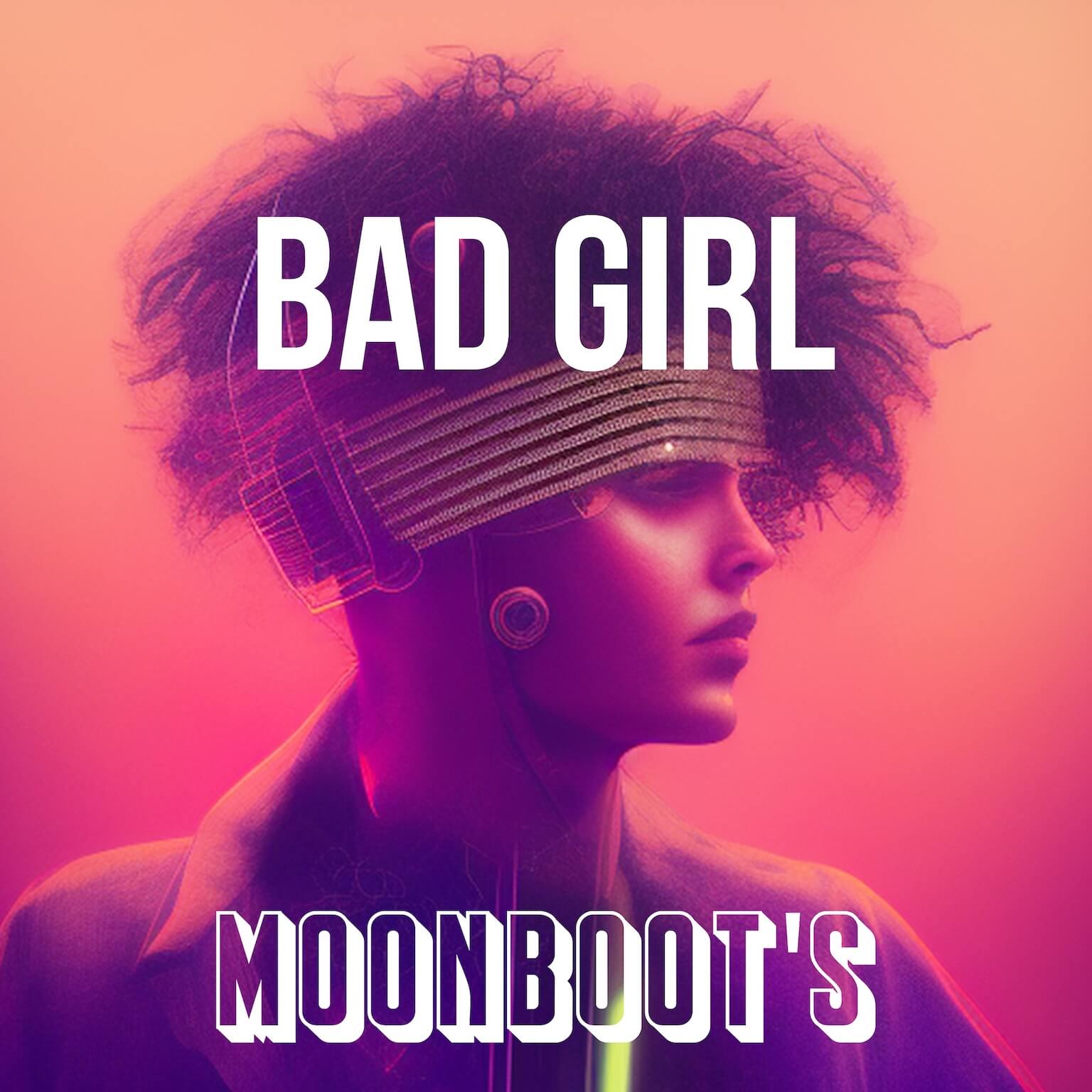Styles of 2025: The Brawl for Fashion’s Future
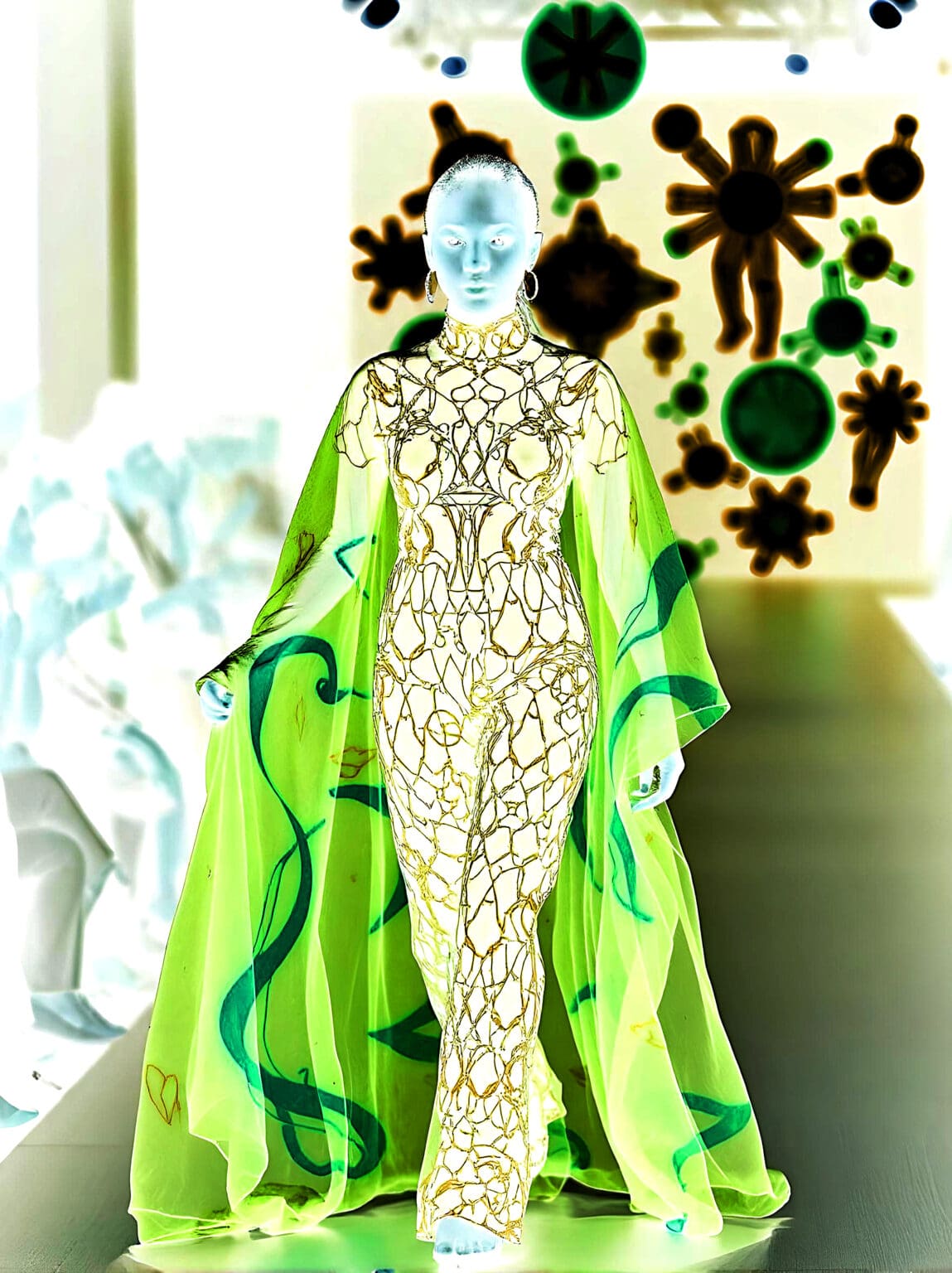
As we approach 2025, the fashion and design industries are navigating transformative changes driven by technology, sustainability, and inclusivity. This year promises to challenge conventions and elevate creativity to new heights. In this article, we delve into the trends set to define the fashion landscape of tomorrow, exploring the powerful forces shaping the future of style and design.
Share to Social Media
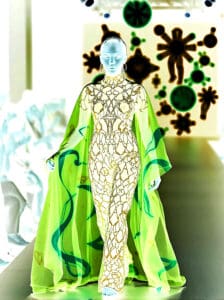
Styles of 2025: The Brawl for Fashion’s Future
1. Digital Fashion’s Bold Frontier: Style Without Limits
The world of digital fashion is rewriting the rules, allowing designers to craft virtual garments that exist solely online. From social media and gaming platforms to virtual avatars, these digital-only creations offer consumers a way to express themselves without adding to environmental impact. This movement isn’t just about style; it’s a statement on fashion’s ability to evolve in a world that craves creativity and sustainability without physical boundaries.
AMG Presents Moonboots
2. The Green Revolution: Sustainability as a Statement
In 2025, sustainability is more than a trend; it’s a defining characteristic. Brands are racing to innovate with eco-friendly materials, ethical production, and transparent supply chains. Biodegradable fabrics, zero-waste designs, and circular fashion are transforming consumer choices into statements of responsibility. This trend marks a brawl between fast fashion’s convenience and a deeper commitment to lasting change, as consumers increasingly demand accountability and authenticity.
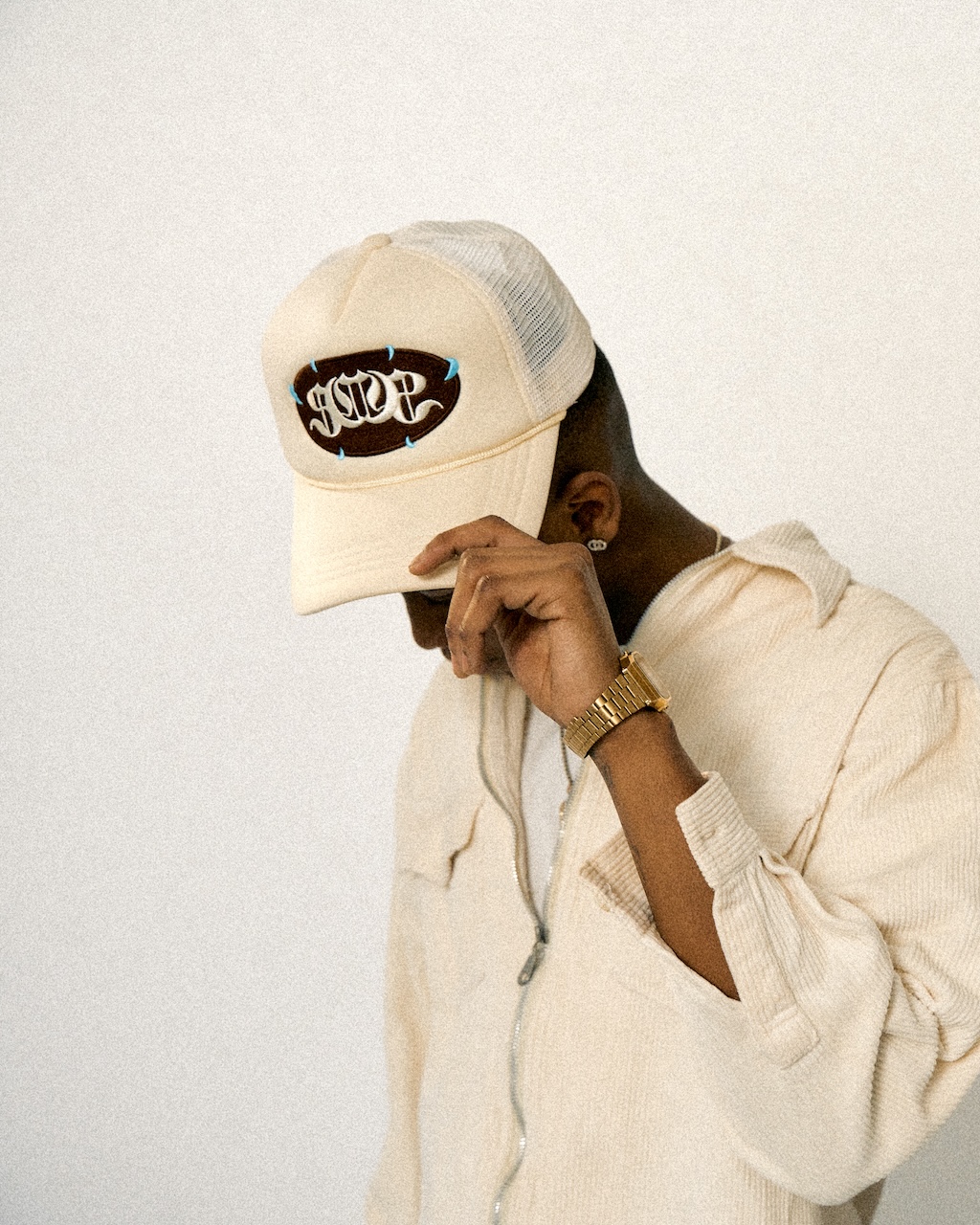
3. Embracing Diversity: Fashion for All
Fashion is breaking down barriers with a push for inclusivity that’s reshaping who and what we see on the runway. Expanded size ranges, models of diverse backgrounds and abilities, and gender-neutral collections are more than representation—they’re a celebration of humanity’s spectrum. This movement makes fashion accessible and reflective of a global demographic, answering the call for a more inclusive, authentic industry.
4. Technology-Infused Style: The Next Evolution of Fashion
Wearable tech, smart fabrics, and augmented reality are transforming fashion from an art into an experience. Imagine AR allowing you to “try on” clothes virtually or smart textiles that monitor your health. The integration of these technologies blurs the line between functionality and style, introducing a future where clothing is both expressive and purpose-driven.
5. The Personal Touch: Customization Meets the Masses
Consumers are increasingly seeking unique, customized products, and brands are answering with options for personalization—from tailored fits to bespoke designs. On-demand manufacturing and digital tools allow individuals to co-create pieces that reflect their tastes. This trend signals a shift toward individuality, where fashion becomes a canvas for personal expression, driven by the consumer’s creativity as much as the designer’s.
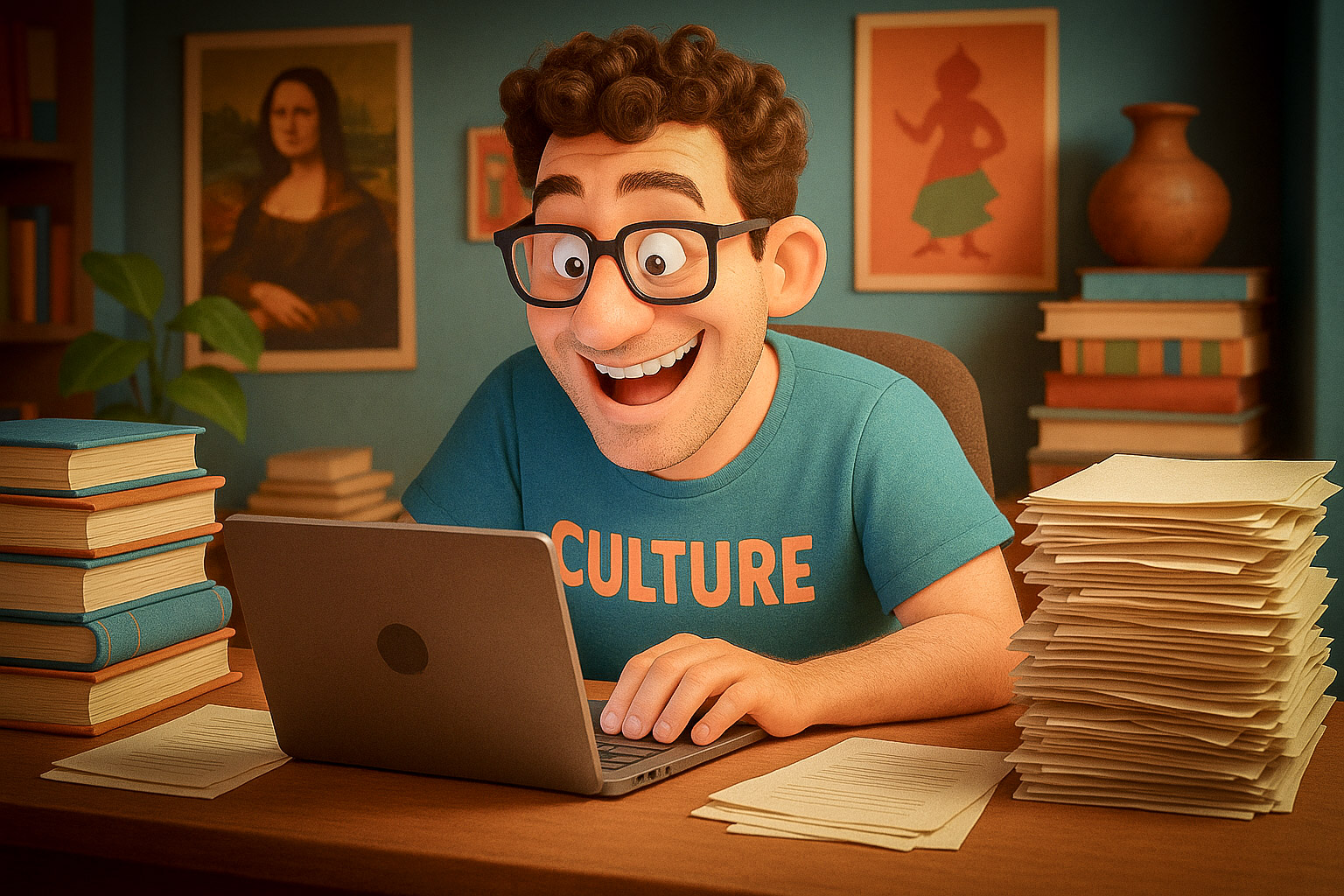
Design. Build. Launch. No Code Needed.
From portfolio websites to full webshops – Elementor lets you build custom WordPress sites visually, fast and beautifully. Join 14M+ users who choose freedom, flexibility, and full design control.
6. Revival of Craftsmanship: Honoring Tradition in a Modern World
There’s a resurgence of interest in traditional craftsmanship, with designers partnering with artisans to blend heritage techniques with contemporary design. This revival isn’t just nostalgic—it’s about preserving cultural legacies and offering products with unique stories. In a digital age, these hand-crafted pieces stand out as symbols of quality, artistry, and cultural pride.
7. Minimalism and Timeless Design: Quality Over Quantity
2025 is seeing a shift towards minimalism, where quality and timelessness take precedence over quantity. Consumers are choosing classic, enduring pieces that transcend fleeting trends, reflecting a desire for sustainability and thoughtful consumption. This trend is a quiet rebellion against fast fashion, emphasizing that style can be both impactful and restrained.
8. Streetwear’s Influence: High Fashion Goes Casual
Streetwear’s bold, casual aesthetics continue to influence high fashion, as oversized silhouettes, graphic prints, and urban style move from the streets to the runway. This fusion of luxury and everyday wear reflects a brawl between formal and casual, creating a space where style is both accessible and expressive, appealing to a younger, forward-thinking audience.
9. Digital Influence: Social Media and the Power of Community
Social media is the lifeblood of modern fashion marketing, with brands using Instagram, TikTok, and emerging platforms to reach consumers directly. Influencer partnerships, user-generated content, and interactive campaigns drive community and loyalty, proving that in 2025, fashion is as much about engagement as it is about aesthetics.
10. Rethinking Retail Spaces: Shopping as Experience
Retail spaces are becoming immersive experiences, blending digital and physical elements to create a memorable shopping journey. From personalized services and interactive displays to community events, stores are evolving beyond traditional shopping, engaging consumers through experiences that build a deeper connection to the brand.
11. Gender Fluidity in Fashion: Breaking Norms, Embracing Expression
In 2025, gender boundaries in fashion are increasingly fluid, with collections that transcend traditional categories. Unisex designs are redefining what fashion can be, reflecting a cultural shift toward individuality and inclusivity. This trend challenges norms and embraces freedom, allowing fashion to be a true form of self-expression.
12. Global Inspiration: A Cultural Tapestry
Globalization is weaving diverse influences into fashion, with designers drawing inspiration from cultures worldwide. This exchange celebrates diversity and innovation, crafting designs that speak to a global audience while honoring cultural heritage. The result is a vibrant tapestry of styles that resonate across borders, uniting the world through fashion.
13. The AI Edge: Technology as a Muse
Artificial Intelligence is reshaping fashion’s landscape, from trend forecasting and inventory management to AI-generated designs. This technology enables efficiency and creativity, pushing the boundaries of design and challenging the role of the human artist. The integration of AI in fashion is a brawl between tradition and automation, offering new horizons while raising questions about the future of creativity.
14. Comfort Meets Style: The Demand for Practical Fashion
Consumers are prioritizing comfort and versatility, with athleisure and loungewear dominating wardrobes. This trend highlights the modern need for practical, stylish pieces that fit varied lifestyles, proving that function and aesthetics are not mutually exclusive in the style of tomorrow.
15. Virtual Influencers: The New Faces of Fashion
Virtual influencers—computer-generated personas—are the new faces of fashion, captivating audiences with their digital charm. Brands are teaming up with these virtual figures to reach tech-savvy consumers, blurring the lines between the virtual and the real. This trend represents the next phase of influence, offering a futuristic twist on the celebrity endorsement.
Embracing the Future: Where Tradition Meets Innovation
The fashion and design industries in 2025 are defined by a bold blend of tradition and forward-thinking innovation. Sustainability, inclusivity, and technology are at the heart of a more conscious, connected approach to style. As we embrace these shifts, fashion stands as a testament to creativity, diversity, and responsibility—a living reflection of our times and a promise for the future.
